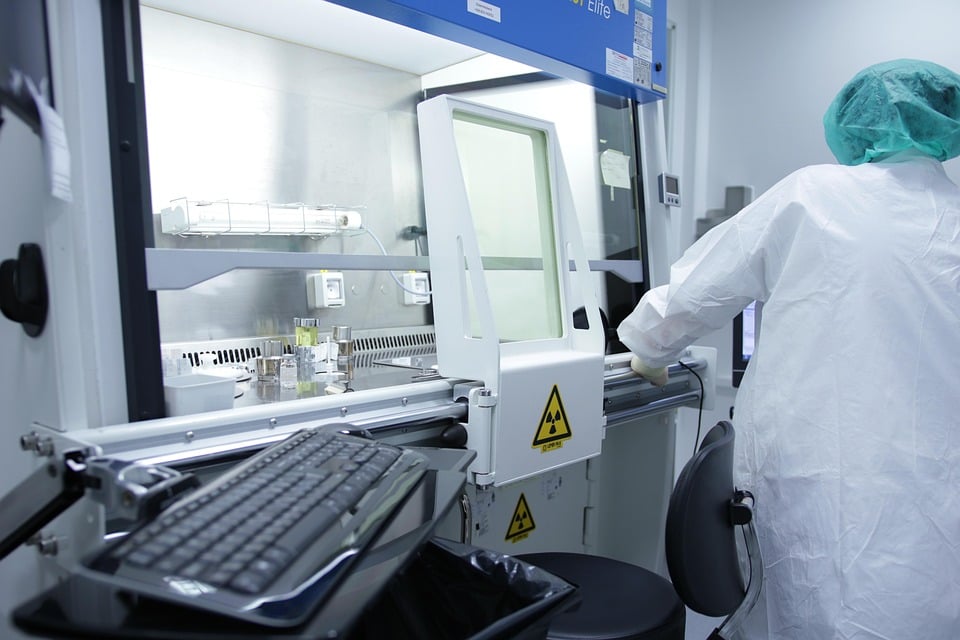
Vienna, Austria: Hypnosis has been shown to significantly improve patients’ tolerance of ventilation masks, a crucial aid for those suffering from acute respiratory failure. This finding was presented at the European Emergency Medicine Congress today, marking a potential breakthrough in non-pharmacological patient care.
Patients admitted to hospitals with severe breathing issues often require non-invasive ventilation (NIV) through a mask and tubes connected to a machine. This method boosts oxygen levels in the blood while reducing carbon dioxide. However, the discomfort of a tight-fitting mask can lead to the need for sedation or anti-anxiety medication. Dr. Tobi Hamza, an emergency medicine doctor at the Mohammed V Military Teaching Hospital (HMIMV) in Rabat, Morocco, addressed this issue at the Congress. “We decided to conduct this study in response to the significant anxiety, discomfort, and poor tolerance often observed in patients undergoing non-invasive ventilation, particularly those with acute respiratory distress,” he explained.
Understanding Acute Respiratory Failure
Acute respiratory failure is a critical condition where the lungs fail to adequately exchange gases, leading to insufficient oxygen intake and carbon dioxide removal. This can result from various causes, including heart failure, chronic obstructive pulmonary disease (COPD), pneumonia, infections, and chest injuries. The study conducted by Dr. Hamza and his team aimed to explore whether medical hypnosis could enhance patient comfort and compliance with NIV.
Between December 2023 and May 2024, the research team recruited 20 patients experiencing acute respiratory distress at HMIMV. These patients were randomized into two groups: a control group receiving standard NIV care with optional anti-anxiety medication, and a test group receiving hypnosis sessions alongside NIV.
The Hypnosis Approach
The hypnosis protocol involved a calming induction phase using voice guidance, breathing synchronization, and visual imagery. This was followed by a deepening phase to alleviate anxiety and dissociate from physical discomfort, and a therapeutic suggestion phase to foster feelings of safety and cooperation with the mask. A doctor trained in medical hypnosis conducted all sessions.
Researchers assessed mask tolerance using a comfort score (0 to 10), monitored changes in blood oxygen, carbon dioxide, and pH levels after one and four hours, and noted any need for sedation or medication. The results were promising.
“Our most significant result was a substantial improvement in NIV tolerance in the hypnosis group,” said Dr. Hamza. “Eight out of ten patients, 80%, in the hypnosis group successfully completed non-invasive ventilation sessions without requiring sedation or switching to invasive ventilation, compared to only five out of ten, 50%, in the control group.”
Clinical Implications and Future Research
The study revealed additional benefits, including reduced agitation and respiratory distress scores, shorter emergency room stays, and decreased reliance on anti-anxiety medication. Clinical efficacy improved as well, with greater reductions in blood carbon dioxide and normalization of acidity levels after four hours.
Patients in the hypnosis group reported a higher comfort score of 7.5 out of ten, compared to 4.3 in the control group. Dr. Hamza noted, “To our knowledge, this is one of the first prospective studies evaluating hypnosis as a supportive technique during NIV in emergency settings.”
The study’s prospective design in a real-world emergency department, with a doctor trained in hypnosis, is a strength. However, limitations include its single-center nature, challenges in obtaining consent, and the need for trained personnel to administer hypnosis.
Expert Opinions and Broader Context
Dr. Felix Lorang, head of the emergency department at SRH Zentralklinikum Suhl, Germany, commented on the study’s implications. “Hypnosis is a step further in intensifying the interaction, and this study suggests that hypnosis not only can help patients to tolerate non-invasive ventilation more easily and make them comfortable, but also can improve the clinical efficacy of the ventilation. This deserves further investigation in larger groups of patients.”
The findings underscore the potential of hypnosis as a low-cost, non-invasive, drug-free adjunct in emergency respiratory care. The researchers are now conducting a larger, multi-center study to validate these results and explore the long-term impact of hypnosis on outcomes such as hospital stay, intubation rate, and mortality.
This development represents a significant step forward in enhancing patient care and comfort during critical respiratory interventions, offering new hope for those struggling with acute respiratory distress.






